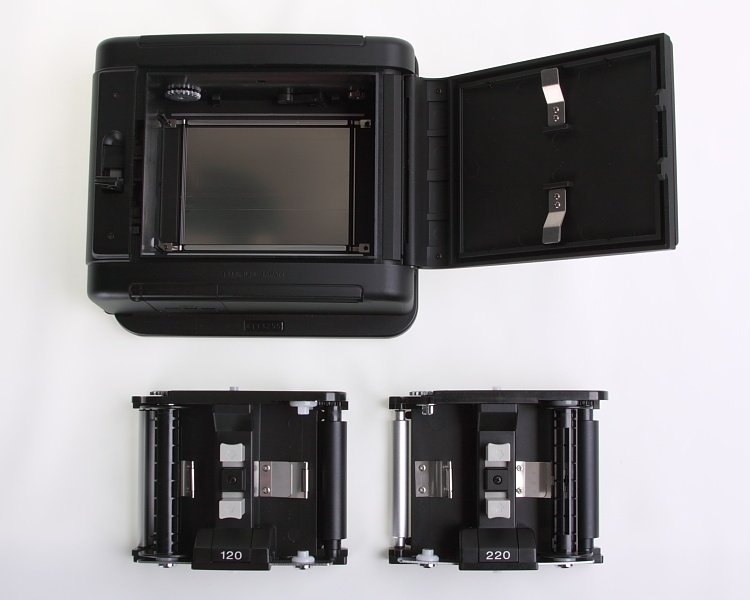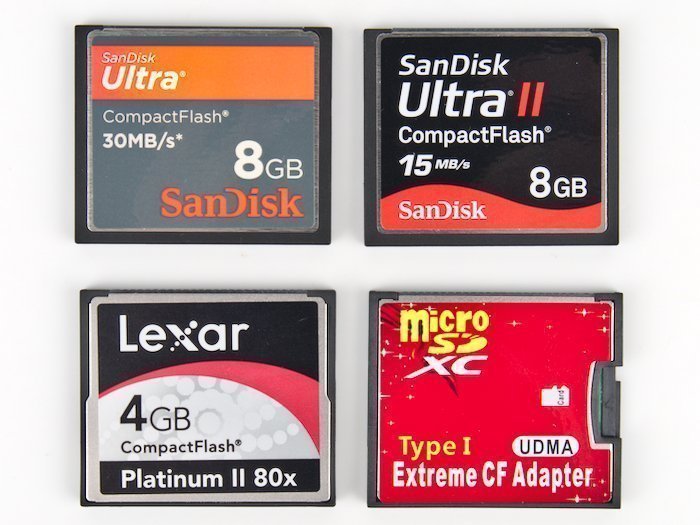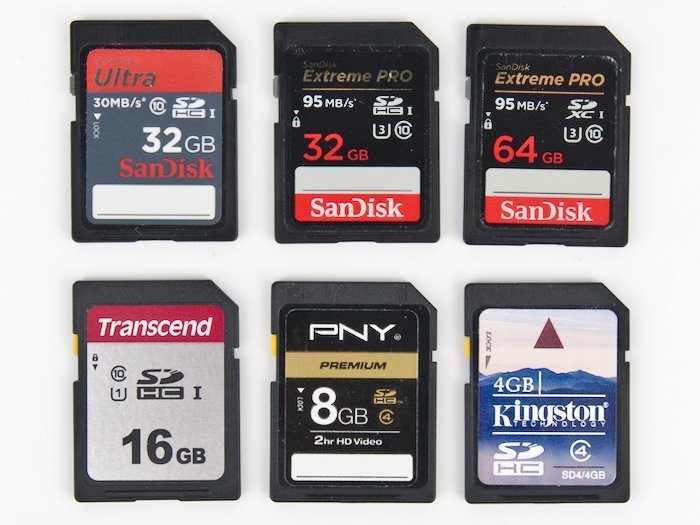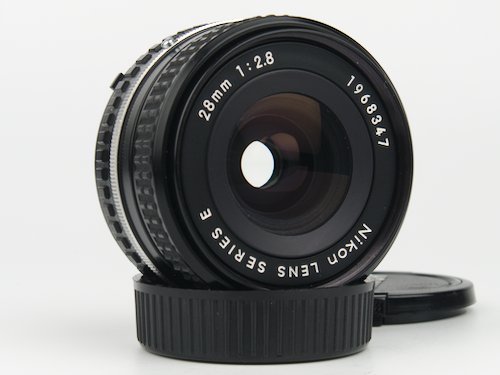
Nikon 28mm f/2.8 Series E Lens Review
Table of Contents
The Nikon 28mm f/2.8 Series E lens is the widest of all the Series E lenses. Introduced as a budget lens, it still fills that role today. It has an AI-S mount so it will work on most Nikon cameras.
Affiliate Advertising Disclosure
Outside the Shot is a participant in the Amazon Services LLC Associates Program, an affiliate advertising program designed to provide a means for sites to earn advertising fees by advertising and linking to Amazon.com.
As an eBay Partner, I may be compensated if you make a purchase. I also participate in affiliate advertising programs with KEH and Adorama. More can be found on the Affiliate Disclosure page.
Used Prices & Where to Buy
A huge number of these lenses were sold in the early 1980s. As such, copies are widely available.
Price shouldn’t be crazy even with an ever-increasing interest in analog photography. There are that many copies available.
See current price and more information on:
The lenses are prevalent enough to be found on sites like KEH and Amazon, but you’ll pay higher prices than eBay.
Historical Background
The first version of the 28mm lens was released in 1979. Like all of the Series E lenses, it was a budget model aimed at amateur photographers. It has a black all-plastic body.
Professionals ended up liking the Series E lenses due to their compact size. A couple of years after the release of the lens a second version was released with a chrome ring, rubber on the focusing ring, and the focus ring is made from aluminum.
Checking a 1985 Competitive Camera Corp Catalogue, the price of the 28mm f/2.8 E was $84.95. The Nikkor 28mm f/2.8 was $159.95. Those prices would be $204.69 and $385.40 in 2019 when adjusted for inflation.
Build Quality & Design
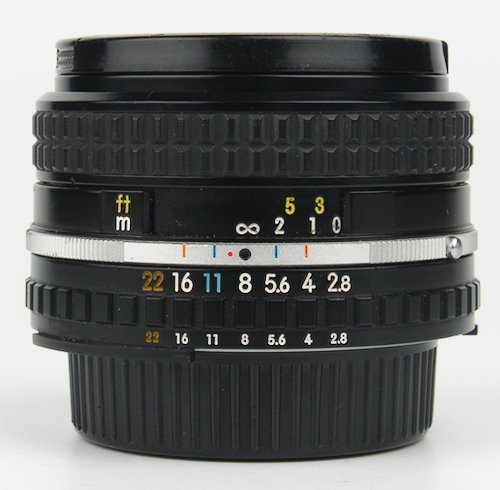
The build quality is lacking when compared to Nikkor branded lenses from the early 1980s. However, both versions of the lens have a far better feeling than current budget lenses.
There are no half stops on the aperture ring. Both versions of the lens have the same plastic aperture ring.
The focus throw is about 80 degrees. Turning the aperture rings feels fine. I would expect problems with the lens grease in 40-year-old lenses.
An AI-S mount was used on the lenses. They will work on any Nikon camera body with a meter coupling ridge. Without a meter coupling ridge, the lenses can still be used in manual mode with manual metering.
Usage
The lens was easy to use on a Nikon D750 and adapted to a Sony A7. It worked great on both cameras and I don’t have any complaints.
On the D750, the lens is very compact. The lens is a good choice for a walking around lens as it does not add much weight or size to the camera.
Being lightweight made the lens enjoyable to use on the Sony A7. I don’t care about adapting large or heavy lenses. Even with the adapter, the lens was small enough for it to feel like a normal lens.
Image Quality
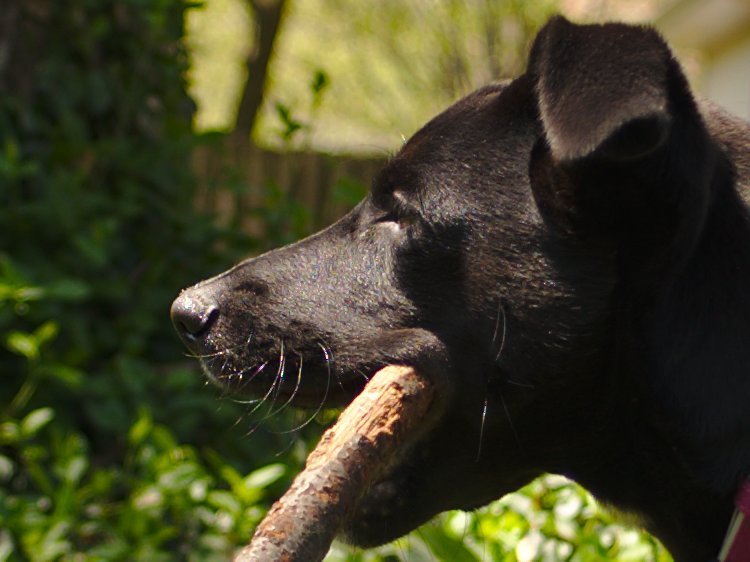
1:1 Crop at f/2.8. Chromatic aberration can be seen on the whiskers.
Bokeh - Wide open there is nothing distracting introduced by the lens. At smaller apertures, the 7 aperture blades are going to become apparent with out of focus light sources.
Flaring and Ghosting - I didn’t notice any problems with this during my testing. Though I was not trying to take any photos with heavy backlighting.
Vignetting - There is vignetting that can be easily removed during post-processing or by stopping the lens down.
Color - Colors from the lens are going to look more subdued because there are no profiles for the lens. Post-processing is going to be needed to get the most out of the lens.
Sharpness – The lens isn’t as sharp as modern glass. At f/5.6 a modern 28mm lens would be sharper wide open. Don’t buy vintage lenses expecting tack sharp results.
Chromatic Aberration - There is chromatic aberration that goes away when the lens is stopped down.
Distortion - There is some barrel distortion. Third-party lenses from the early 1980s have more barrel distortion. I think it gives images a period-correct look. If you don’t like it you can check to see if there is a profile in the Lensfun DB or make a lens profile with Hugin.
Conclusion
I like the lens better than vintage third party 28mm F-mount lenses.
Obviously, newer lenses are better optically. The problem is that anything newer than the 28mm Series E lens costs hundreds more.
If you’re cheap and like the 28mm focal length, this is a lens worth buying.
Comparable Lenses
- Vivitar RL Edition 28mm f/2.8 – Hard to find a Nikon F-mount version.
- Tamron 28mm f/2.5 Adaptall 2 Lens
- Tokina EL 28mm f/2.8 AI-S F-Mount
Nikon 28mm f/2.8 Series E Lens Specs
| Manufacture | Nikon |
| Made in | Japan |
| Year Released | 1979 |
| Original Price | $84.85 |
| Elements Groups | 5 ele. 5 gr. |
| Focal Length | 28mm |
| Aperture | f/2.8-22 |
| # Aperture Blades | 7 |
| Aperture Control | Manual |
| Focus Type | Manual |
| Hard Infinity Stop | Yes |
| Minimum Focus Distance | 30cm (1 ft.) |
| Filter Threads | 52mm |
| Weight | 150g (5.3oz) |
| Dimensions | ⌀57mm x 41mm ⌀ 2.25" x 1.625" |
Note: Price was taken from a 1985 Competitive Camera Corp Catalogue No. 24.
Accessories
Nikon HR-6 Lens Hood. This is a screw-on lens hood with 52mm threads. A generic version will work just as well.
Versions
- Matte Black Plastic
- Aluminum w/ Chrome Ring
Just like all of the Series E lenses, there are 2 versions. The second version was released because sales were strong, but people complained about the build quality.
The second version that has a chrome ring has a better build quality. Both are still lower quality than a lens with the Nikkor branding on it.
